Venetian Painting Techniques during Italian Renaissance
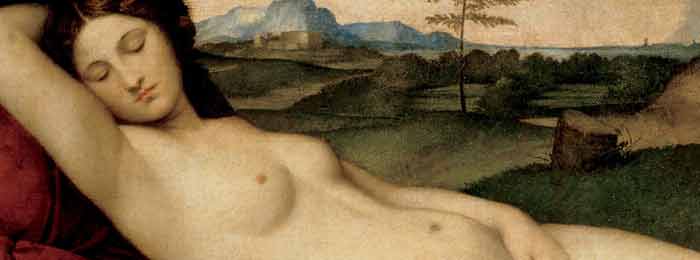
Venetian Painting Techniques
The painting techniques employed by Northern Renaissance artists strongly influenced the work of renowned painters, such as Titian and Giorgione, during the Italian Renaissance.
Venetian artists also greatly impacted the styles of this period, notably the Van Eyck brothers. The oil painting techniques developed by these Flemish painters around the year 1400 combined the use of egg tempera and oil painting, with the underpainting being created using a grisaille technique of tempera, while pure colored oil glazes were carefully applied on top. This combination painting technique added remarkable lustre to their small panel paintings, resulting in striking jewel-tones, the most vivid hallmark of the brothers’ famous style.
Prior to the Van Eyck brothers’ success with their combination oil-tempera painting technique, a great deal of “trial and error” was experienced while working with these paints, attempting to get the optimal look and finish.
Tempera painting, without any additional work, resulted in a flat, dull finish, and owing to its use of egg as a binding agent, it dried too hard too quickly to be easily workable.
Artists at the time used wood to create background panels, which added additional challenges while painting and limited the potential size of the composition.
By Titian’s day, Venetian artists had overcome the aforementioned challenges in working with paint, perfecting the oil painting technique that the Renaissance is now so famous for, but we have Titian to thank for the discovery that canvas was best suited to this new Venetian painting technique, resulting in the production of larger, grander compositions.
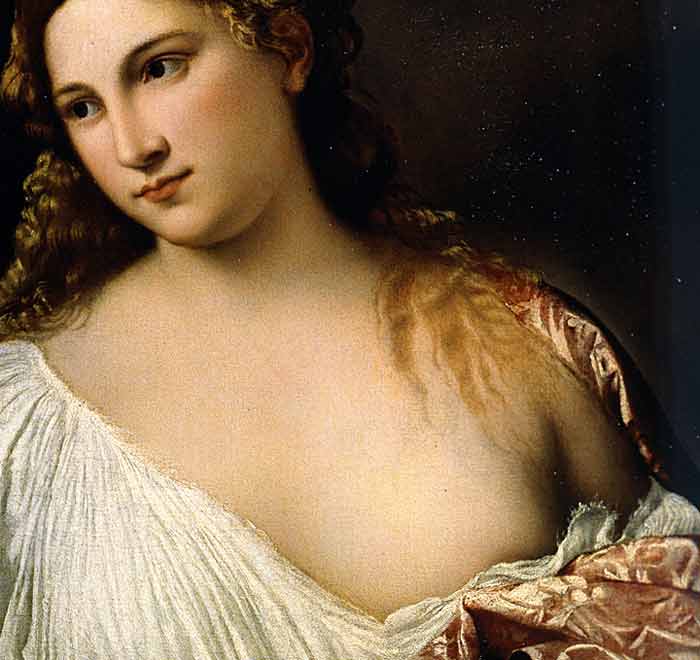
This canvas was prepared for paint by the application of a glue-gypsum mixture, in order to attainably a purely white background (as we often use gesso for today, in a technique we now refer to as “priming”). After this preparation had set, Venetian artists would apply what is known as a “medium value tone,” usually brownish in color, to the entirety of the canvas, before moving on to create an opaque underpainting. The underpainting typically utilized glazes of white in the highlight areas and used darker values to define the areas of shadow, setting up a monochromatic base image of the artist’s chosen subject, to be built upon during the rest of the painting process.
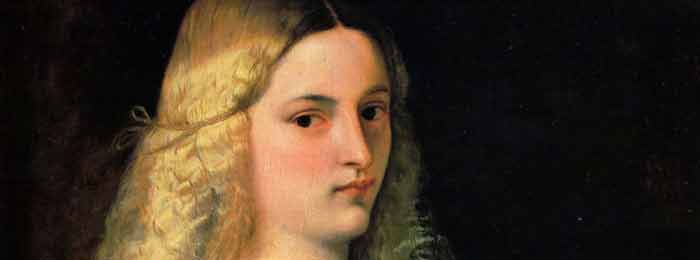
Once this “base image” was suitably dry, Venetian artists would continue “flesh out” the forms depicted in their pantings with the aid of transparent glazes consisting of boldly applied color, building up to a finish of many subtle pure color glazes, followed by more white in order to further model the painting’s figures, until finally the artist found satisfaction and declared the painting complete. Due to its laborious nature, the Venetian painting technique has been largely abandoned by modern artists, who, in keeping with our fast-paced modern society, are seeking a more immediate result when they work.
![]() To Your Creative Success,
To Your Creative Success,
Natalie Richy and Vladimir London
Web Art Academy Founders


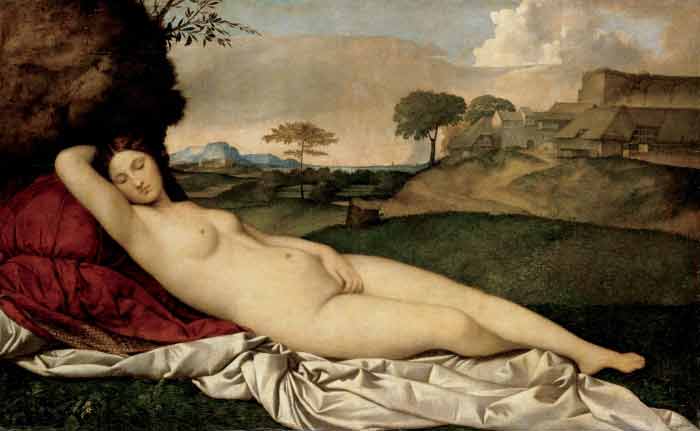
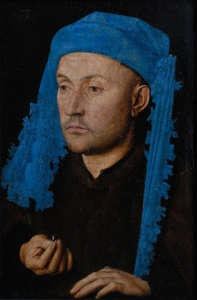
This Post Has 0 Comments